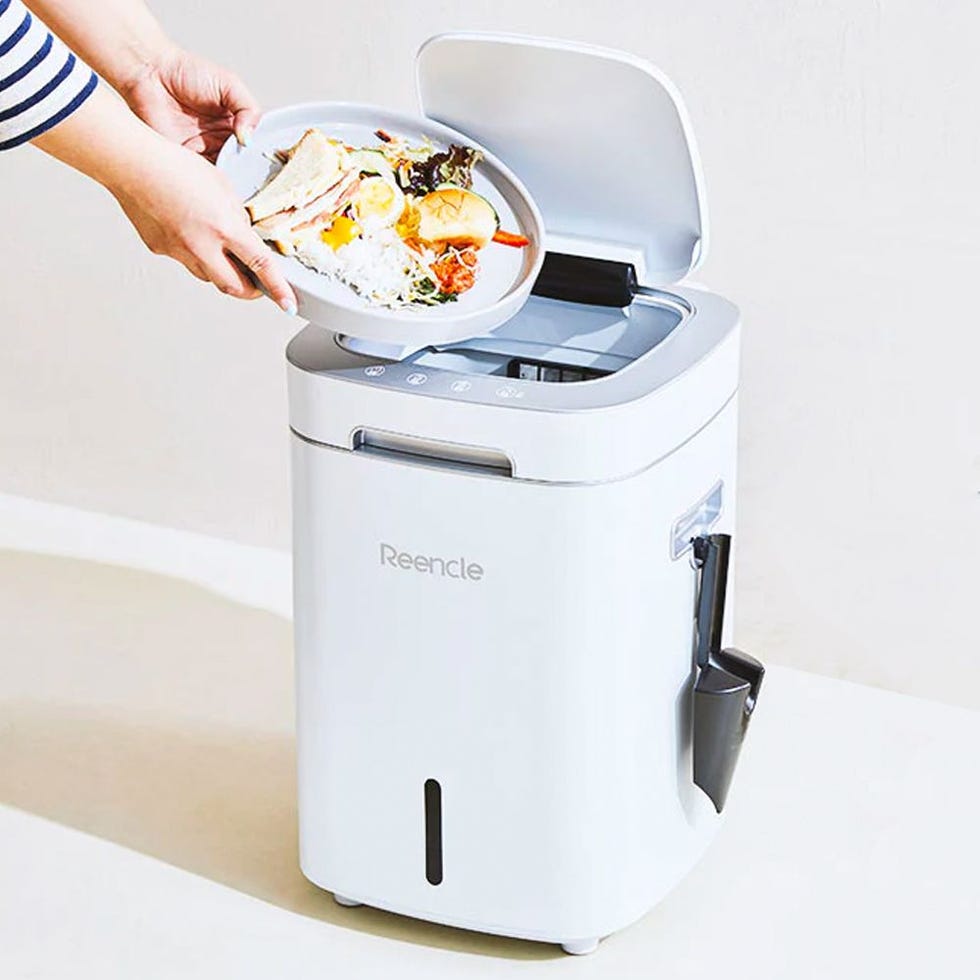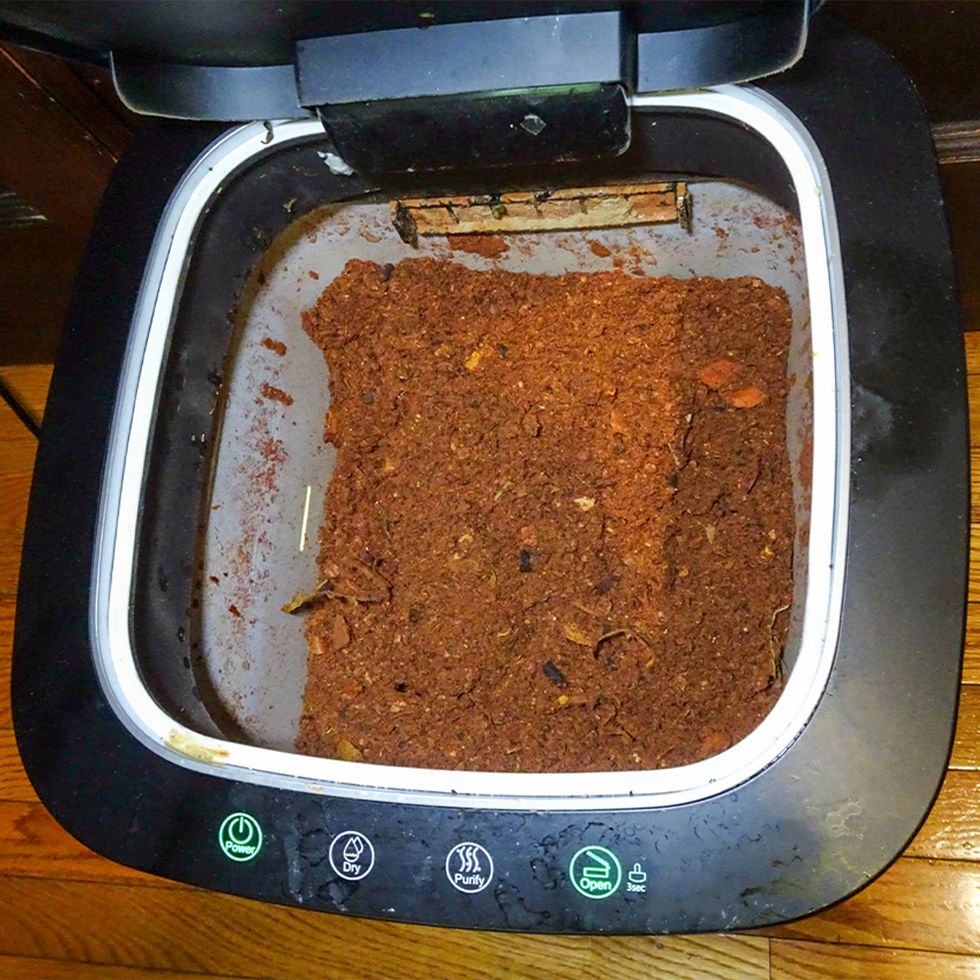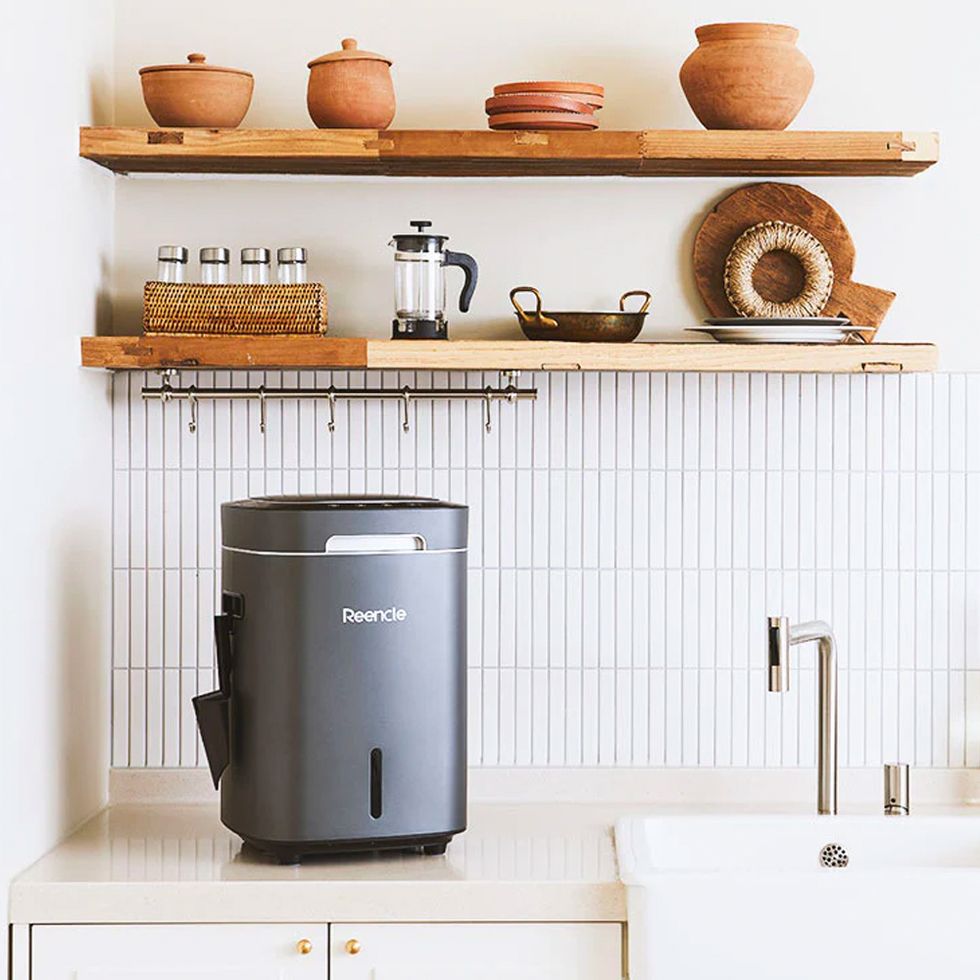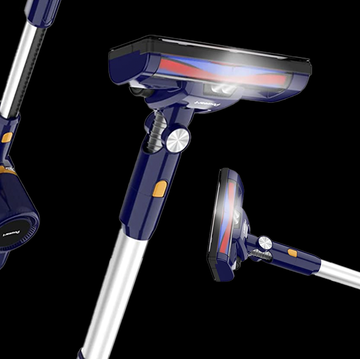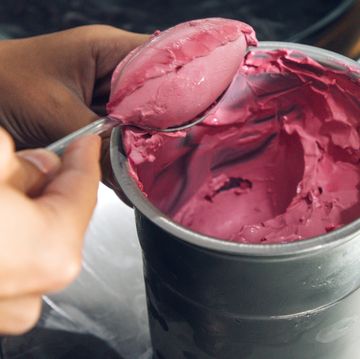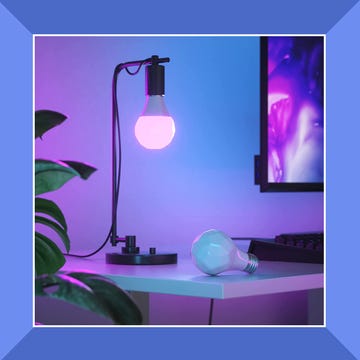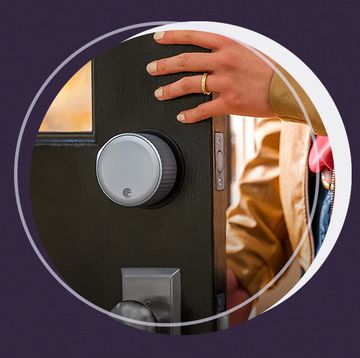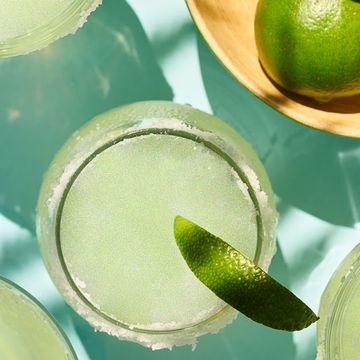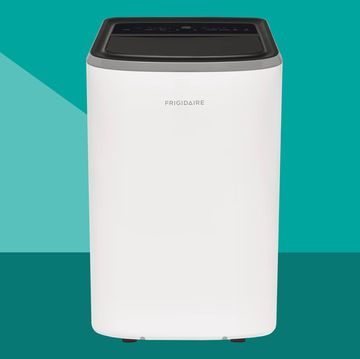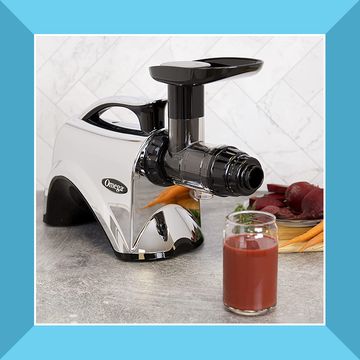There are a lot of cool things out there that make us wonder: Do they really work? In our I Tried It series, we set out to use them in the real world and have determined that, in fact, they really do.
The Product on Trial
The Tester
Leanna Yip, mild-mannered copy editor who is so compelled to gather food scraps that she sometimes takes home coffee grounds from the office coffeemaker.
The Brief
Picture it: April 2020. (Say that in a Golden Girls Sophia Petrillo voice if you like.) New York City’s official community food-scrap pickup is indefinitely paused. I walk 40 minutes to the stationary community bins because I can’t bear to throw my rich soil fodder into the trash. Nowadays, my neighborhood in Queens offers a few different — and closer — options for me to drop off my food scraps (aka future compost and biogas), but I kept thinking about how it would be if I could take care of this without leaving the house.
So then I had the opportunity to try a fun at-home composting machine myself. Reencle, headquartered in South Korea, makes the Home Composter, a handy foot-stool-size machine into which you can toss your eco-friendly dreams.
Along with the machine, you get a bag of proprietary Reencle “composting powder,” material that looks and smells basically like sawdust with pellets of activated carbon and those ever-important microorganisms. (There are no worms involved — if it’s vermicomposting you seek, you have options!) Pour that into the machine, chase it with about 50 ounces of water, and turn the Reencle on. After 18 to 24 hours, you can start throwing your food waste in.
But not so fast — the biggest downside is that no, you can’t throw every bit of every type of formerly living thing (or its accessories) in there. The general rule is that if a human body can digest it, so can the Reencle. Dense items humans can or do find palatable but that Reencle will take longer to digest (over 24 hours) include melon rinds, pizza crust, raw vegetables, sausage, and peanut butter.
A wonderful plus is that items like cheese and cooked eggs (normally no-nos for community compost) can go in. But remember the bit about human digestibility: no fish, bird, or mammal bones; no shellfish shells; no stone fruit pits; and nothing super dense like walnut shells. Though, the Reencle can take a small amount of coffee grounds. (This means I’m still collecting all that other waste separately for my periodic drop-offs at New York City’s smart compost bins, which can take denser items like bones and corn cobs.)
As with the original Michigan J. Frog, you can’t actually watch it perform — the stirring rods stop when you open the lid, but videos are available on the website. Watch the scraps and mix churn and turn. It’s like a shiatsu machine for closing the food loop. I’ve periodically scooped out some of the resulting tanbark-like material and sprinkled it on my potted plants. (Before it becomes a finer matter, go ahead and peek at the progress of the food waste. Appreciate the Hieronymus Bosch painting of kitchen detritus — until the lid beeps at you for keeping it open for too long.) While I’ve never used a hand-crank backyard composter, it is nice to know that I don’t have to do much work here except be mindful of what I do put in.
Frequent podcast listeners have probably heard about the Lomi — one advantage it has over the Reencle is that it’s a true countertop size, but like the Reencle, it can’t take bones, fruit pits, or nut shells. Cooked potatoes also make Lomi’s “never” list, on account of being too starchy. (Taters of any kind are not banned from the Reencle, according to its guide sheet.) Lomi also needs replenishing of its LomiPods.
Vitamix’s FoodCycler has similar rules, but unlike both the Reencle and the Lomi, it can take fish bones. (But the machine is smaller, has less capacity, and several reviews mention it gets sticky on the inside.)
If you’re curious about power usage, the Reencle is one of those machines you don’t just turn off. (It churns on its own, it sleeps on its own, and I haven’t seen any significant change in the three monthly power bills since I started using it.) If you’ll be away for only a few days, it’ll be fine. But the company advises turning the composter off and unplugging it if you don’t have anyone to tend to it for a week.
Minimal Malodor, Nominal Noise
You might also be wondering about the smell. The bag of microorganisms itself is like wet sawdust at first, but not quite at the level of “time for someone to clean the guinea pigs’ cage.” The miraculous thing is that between the lid, the magical fermentation, the filtering, and the churning, the machine does a great job of keeping the smell in check.
(Of note: Don’t be like me and throw half a jar of old tandoori powder inside. The decomposing matter will turn red and you’ll smell curry — however faintly — for weeks whenever you open it.) There are also two buttons you can press if your material is getting too wet or boggy (the “Dry” button), or too stinky (the “Purify” button).
The Reencle’s main plusses are its lack of smell and lack of noise. When the lid is closed, you don’t smell a thing unless it’s been opened in the past minute or so (and if your kitchen is larger than mine — most are — it’s probably even less than a minute). The motor doesn’t churn 24/7, and when it does, it’s an almost pleasant buzz. Reencle says this is only 28 decibels — just a bit louder than the sound of falling leaves.
What’s also nice is the infrared sensor on the front — you can just wave your foot or hand, and the lid will open. In a smaller kitchen like mine, you may want to disable it, or it’ll open every time anyone walks by. (But it’s a great idea if you’re using it while you’re cooking and have mucked-up hands.) Luckily, disabling the sensor is pretty easy. And if you’re worried about running out of microorganisms, don’t — they don’t need to be replenished, as long as you leave some behind when you scoop out material for your plants.
Closing Argument
I recommend the Reencle for the eco-friendly buyer who doesn’t find the price to be a barrier, doesn’t mind not being able to compost every bit of food waste, and has the room for it. (Some of Reencle’s marketing materials show it being used on a countertop, but it’s 22 inches high — you’d need to be a pretty tall person with a sizable kitchen to find this realistic. Neither me nor my kitchen are very big.) Consider this, as well: Less food waste in your household trash means less smelly trash in general, fewer trips to dump said trash, and, over time, fewer garbage bags to purchase.
If you are someone who feels food-waste guilt and wants to do something about it, the Reencle might be a great choice, though it’s not for everyone. There could be better alternatives available to you, especially if your own community does regular compost collection.
We’re a household of three adults — no kids, no pets — and we’re all efficient home cooks. I imagine a family who tends to end up with soggy bagged salads or moldy leftover bread would get a lot more use out of it, or someone with aspirations for healthy eating but whose stressful lifestyle can’t keep up with that many fresh greens in the fridge. For this house, the Reencle works, though none of us habitually forget fresh ingredients or old leftovers long enough to have to dump them regularly — a person who does might feel more peace of mind having the Reencle around.
Shop the Reencle Home Composter
Leanna Yip has been the copy editor at Best Products since 2015, and has since branched out to the other Enthusiast Group brands. She’s a big fan of em dashes, the Oxford comma, and musical theatre, which she’s written a bit about here and there. Leanna majored in graphic design before realizing her true calling was in editing, but she still digs conscientious kerning and rounded rectangles. She’s an adventurous eater (her dream is to try hákarl), an avid recycler, a sometimes suffering/sometimes celebratory San Francisco Giants fan, and the only native Californian at Best Products. She does not miss earthquakes.

